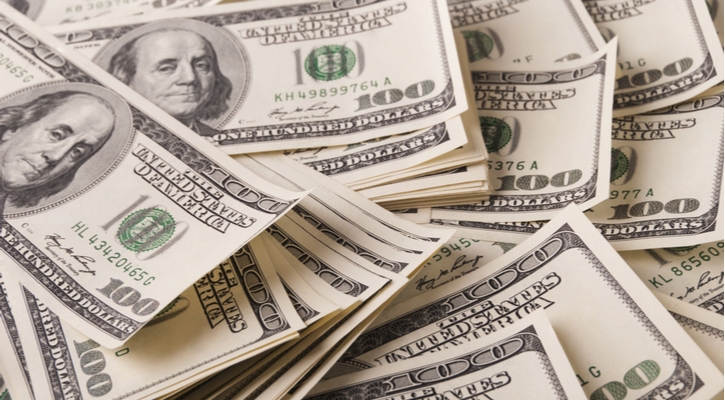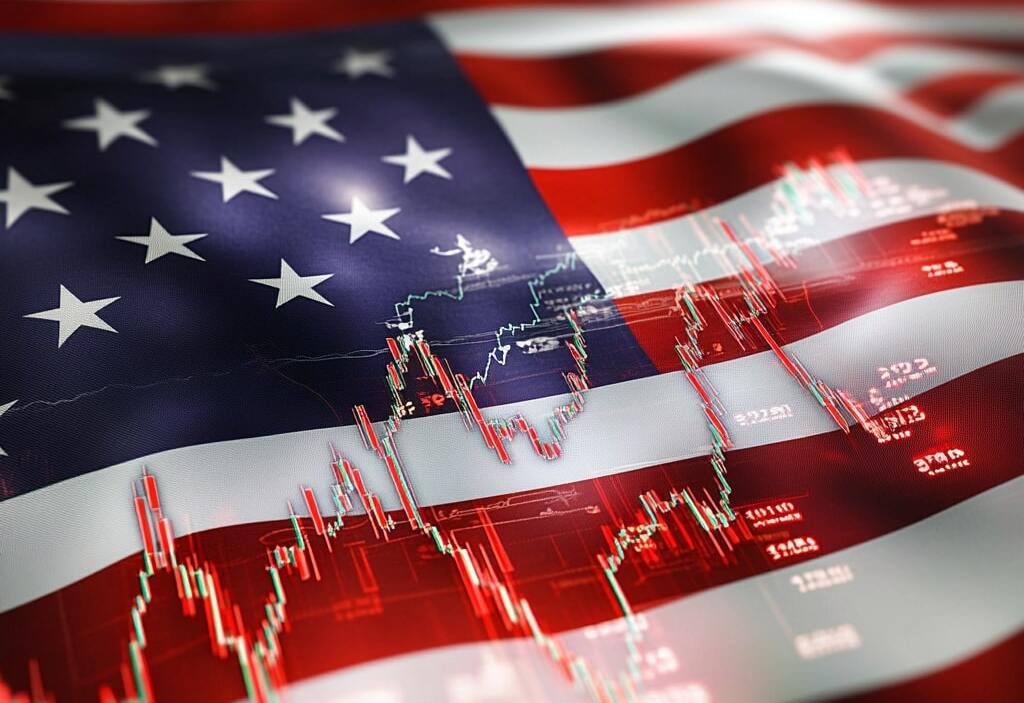
US Dollar Retreats as Inflation Slows: Implications for EUR/USD and GBP/USD
USD Weakens on Lower Inflation Data: EUR/USD and GBP/USD Gain Momentum
Yesterday, the USD resumed its retreat as we approached the FOMC meeting, following the release of consumer inflation (CPI) and producer inflation (PPI) data. The CPI posted a considerable slowdown to 4.0% in May, surpassing expectations and signaling a decline in price pressures. Today, the PPI also showed a decline as well, indicating downward price trends. This article examines the implications of these economic indicators on the USD and explores the market reactions.
EUR/USD continued its upward trajectory, surpassing the 1.08 level, while gold (XAU) experienced a significant jump of more than $10, reaching the take profit target of a previously recommended buy signal. However, the climb in gold prices seems to have stalled at moving averages on the H4 chart, particularly the 100-day simple moving average (SMA), which is acting as resistance. This development prompted a reversal in the buy Gold signal.
The US PPI data for May showed a significant decline, with final demand registering a 1.1% year-on-year increase, lower than the expected 1.5%. This marks the lowest level since December 2020. Month-on-month, PPI contracted by 0.3%, surpassing expectations of a 0.1% contraction. Core PPI, excluding food and energy, maintained its pace at 0.2% month-on-month. The report provides a detailed breakdown of the PPI figures, including the decline in final demand goods and the rise in final demand services.
The weak oil prices have had a clear impact on the soft PPI figures, with gasoline prices experiencing a significant drop. The decline in gasoline prices has been passed on to end consumers, contributing to the overall deflationary trend. Despite the softer-than-anticipated PPI data, the market reaction has been relatively muted compared to the CPI data. However, it does suggest that prices down the pipeline are dissipating rapidly.
EUR/USD reacted strongly to the US PPI data, surging to near 1.0820. The softening of PPI figures, particularly due to lower gasoline prices, has bolstered the Euro against the USD. The ECB is expected to raise interest rates by 25 basis points (bps) to 4% in its ongoing battle against inflation. This expectation further supports the bullish sentiment for EUR/USD.
The USD Index (DXY) has faced significant selling pressure and has dropped below the crucial support level of 103.00. The combination of softer-than-anticipated PPI data and the likelihood of a pause in rate hikes by the Federal Reserve (Fed) has weighed on the USD.
Looking ahead, investors are closely watching the interest rate decision by the European Central Bank (ECB). ECB President Christine Lagarde is expected to raise interest rates by 25 bps to 4% in an effort to combat inflation. Economists anticipate near-term upside risks for EUR/USD if the Fed decides to pause its rate hikes. However, a bearish view on the currency pair is maintained for the second half of the year.
The PPI data, along with softer inflation, easing labor market conditions, and weak economic activities, has added to the possibility of a "no hike" scenario by the Fed. The Federal Reserve appears to favor a cautious approach, considering the prior rate hikes, lag effects, and other developments, as it determines the need for further tightening. Fed Chairman Jerome Powell has previously indicated that current interest rates are within the "restrictive" territory, signaling a potential slowdown in the rate hiking cycle.
The market response has been reflected in the upward movement of EUR/USD and GBP/USD. Both currency pairs have gained momentum as the ECB and Bank of England (BoE) continue their rate hiking cycles, while the Fed may be on pause. EUR/USD has been recovering from the losses experienced in May, and the positive trend has intensified following the decline in PPI. Cable (GBP/USD) has also performed well, with the declines not as severe as in the euro. Today's inflation data has pushed the pair to test the resistance zone around 1.2700.
In conclusion, the USD retreats as inflation eases and PPI falls to the lowest level in months. The softening of PPI data, particularly driven by lower gasoline prices, has had an impact on the USD and currency pairs. The ECB's expected interest rate hike and the likelihood of a pause in rate hikes by the Fed add to the market dynamics. The implications of these economic indicators and central bank decisions will continue to shape the currency markets in the coming months. Traders and investors will closely monitor further developments and adjust their strategies accordingly.
















